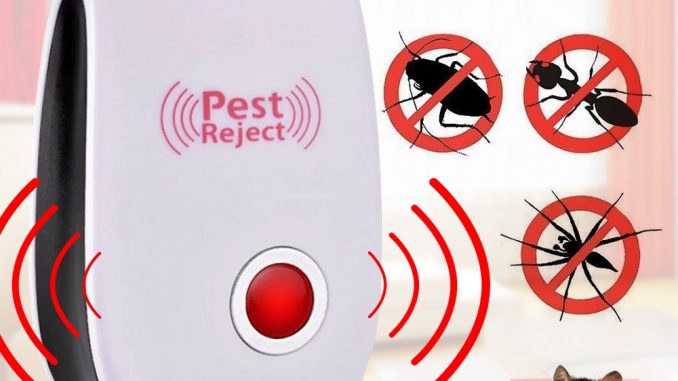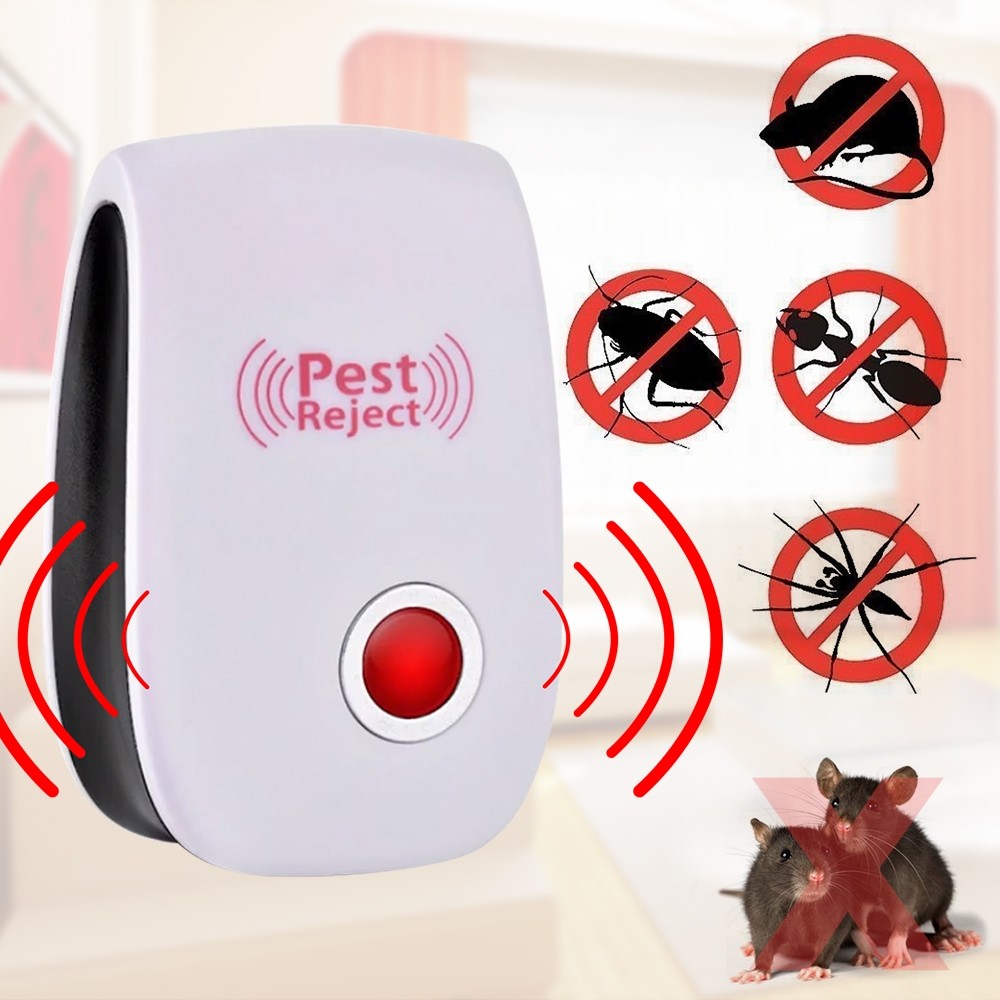
Ultrasonic pest repellers are devices designed to keep unwanted pests away using high-frequency sound waves. Unlike traditional pest control methods that rely on traps or chemicals, ultrasonic pest repellers promise a cleaner, more humane way of dealing with infestations. Let’s dive into what they are, how they work, and whether or not they’re effective for pest control.
How Do Ultrasonic Pest Repellers Work?
Ultrasonic pest repellers emit high-frequency sound waves—usually between 20 kHz and 65 kHz—that are beyond the range of human hearing. These frequencies are, however, audible to many pests, including rodents and insects. The theory is that exposure to these sounds disrupts the pests’ normal behavior, driving them to avoid the area where the device is active.
Some manufacturers claim these high-frequency waves affect the auditory or nervous systems of pests, causing discomfort, confusion, or even minor disorientation, which may drive them away.
Do Ultrasonic Pest Repellers Work?
The question of effectiveness is one of the biggest debates surrounding ultrasonic pest repellers.
- Mixed Scientific Evidence: Studies on ultrasonic pest repellers have shown mixed results. While some research indicates that certain frequencies may impact specific pests in controlled settings, these results often don’t translate as effectively in real-life environments.
- Environmental Factors: Walls, furniture, and other obstacles can limit the effectiveness of the ultrasonic waves. Sound waves lose power as they travel, which means pests can sometimes avoid the device by simply staying in different parts of the room.
- Temporary Effects: Even when pests initially respond to the sound waves, some research suggests they may become habituated to the frequency over time, reducing the long-term effectiveness of the device.
- Varied Impact on Pest Types: Different pests react differently to ultrasonic waves, and there is no “one-size-fits-all” device. In practice, some pests may be more affected than others.

What Pests Are They Meant For?
Ultrasonic pest repellers are marketed as versatile solutions against a range of pests. Some of the main targets include:
- Rodents: Mice and rats are some of the primary targets for ultrasonic rodent repellers. While some users report success in deterring small rodent populations, others note that determined rodents can still adapt and return.
- Insects: Certain insects, like mosquitoes and flies, are sometimes repelled by ultrasonic devices, though not consistently. Spiders, ants, and cockroaches are common targets, but they may not always react strongly to the emitted frequencies.
- Other Small Pests: Certain models claim to deter small mammals, such as squirrels and bats. However, ultrasonic repellers are generally less effective for larger animals or heavily infested areas.
Advantages of Ultrasonic Pest Repellers
For those considering ultrasonic repellers, here are some potential benefits:
- Chemical-Free: These devices offer a non-toxic way to manage pests, making them an appealing choice for households with children and pets.
- Ease of Use: Ultrasonic pest repellers require minimal setup. Users can simply plug them in, and they work automatically.
- Low Maintenance: Unlike traps or sprays, there’s little upkeep with ultrasonic devices, which makes them convenient for busy households.
- Humane Solution: Ultrasonic repellers are generally seen as a humane alternative to traditional pest control, as they aim to drive pests away rather than kill them.
Potential Drawbacks of Ultrasonic Pest Repellers
While they have some advantages, ultrasonic pest repellers also have notable limitations:
- Inconsistent Effectiveness: As noted, these devices don’t work equally well for all pests, and their effectiveness can vary depending on the environment.
- Temporary Solution: Some pests may get used to the sound, making these devices a temporary solution rather than a permanent fix.
- Limited Coverage: Ultrasonic waves don’t penetrate walls, so they’re usually only effective within a single room. Users with larger spaces or multiple rooms may need several devices.
- Interference with Pets: Although marketed as safe, there is potential for the sound to cause discomfort for certain pets, particularly small animals like hamsters or guinea pigs.
Are Ultrasonic Pest Repellers Worth It?
For mild, short-term pest issues, ultrasonic pest repellers may be worth a try. They are affordable, easy to set up, and have limited risks associated with their use. However, for larger infestations or persistent pest problems, other methods—such as traditional traps, insecticides, or professional pest control—are likely to be more effective.
Ultrasonic pest repellers can be a useful supplemental tool for minor pest prevention but may not serve as a complete solution on their own.
Final Thoughts
Ultrasonic pest repellers offer an interesting approach to pest management. While they come with certain benefits, particularly in terms of being chemical-free and low maintenance, they are not a miracle solution for every pest problem. Understanding their limitations and combining them with other pest control methods may provide the best overall results.

Leave a Reply